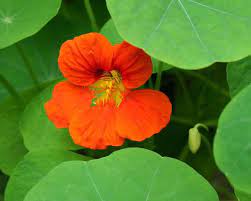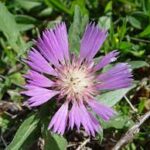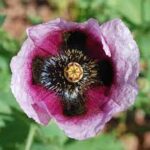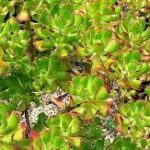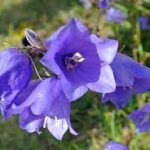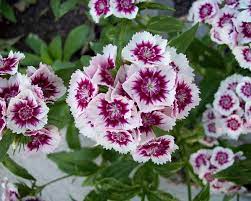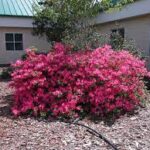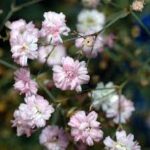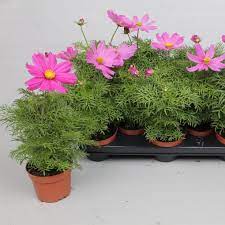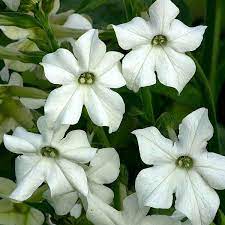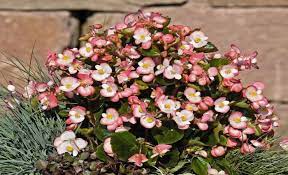Wiciokrzew — Lonicera spp.
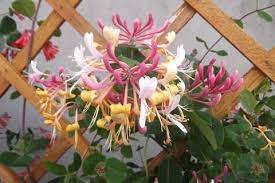 Najbardziej rozpowszechnionym gatunkiem z tego rodzaju jest wiciokrzew przewiercień (Lonicera caprifolium), znany pod nazwą kaprifolium. Ma on bardzo charakterystyczne kwiaty o płatkach zrośniętych w długą rurkę i rozchylonych na końcu. Osadzone są one po kilka nad parą zwykle zrośniętych liści tworzących „podstawkę”. Barwę mają kremowobiałą lub żółtawą, często z domieszką różowej i delikatnie pachną. Wiciokrzew ten kwitnie przez czerwiec i lipiec. Niemniej pięknym pnączem jest wiciokrzew pomorski (Lonicera periclymenum), o kwiatach żółtawobiałych lub ciemnoróżowych. Pokrywają one roślinę od połowy maja do czerwca i również mają miły zapach. Często kwitnienie trwa z przerwami aż do sierpnia. Rzadziej spotykany, lecz zasługujący na rozpowszechnienie jest wiciokrzew Tellmana (Lonicera tellmaniana) o bardzo licznych, pomarańczowych kwiatach.
Najbardziej rozpowszechnionym gatunkiem z tego rodzaju jest wiciokrzew przewiercień (Lonicera caprifolium), znany pod nazwą kaprifolium. Ma on bardzo charakterystyczne kwiaty o płatkach zrośniętych w długą rurkę i rozchylonych na końcu. Osadzone są one po kilka nad parą zwykle zrośniętych liści tworzących „podstawkę”. Barwę mają kremowobiałą lub żółtawą, często z domieszką różowej i delikatnie pachną. Wiciokrzew ten kwitnie przez czerwiec i lipiec. Niemniej pięknym pnączem jest wiciokrzew pomorski (Lonicera periclymenum), o kwiatach żółtawobiałych lub ciemnoróżowych. Pokrywają one roślinę od połowy maja do czerwca i również mają miły zapach. Często kwitnienie trwa z przerwami aż do sierpnia. Rzadziej spotykany, lecz zasługujący na rozpowszechnienie jest wiciokrzew Tellmana (Lonicera tellmaniana) o bardzo licznych, pomarańczowych kwiatach.
Wszystkie te pnącza nadają się zwłaszcza do okrywania bramek i pergoli. Zimują dobrze, a jeśli nawet przemarzną, to po przycięciu wydają nowe pędy. Dorastają do 3 m i więcej.
Rosną dobrze na każdej glebie, najobficiej jednak kwitną na żyznej, ciepłej i średnio wilgotnej. Nie szkodzi im zanieczyszczone powietrze miejskie, są więc wartościowymi roślinami dla działek, trzeba im tylko zapewnić dużo słońca. Cięcie polega na usuwaniu pędów suchych, uszkodzonych i nadmiernie zagęszczających krzew. Przeprowadza się je na przedwiośniu.

